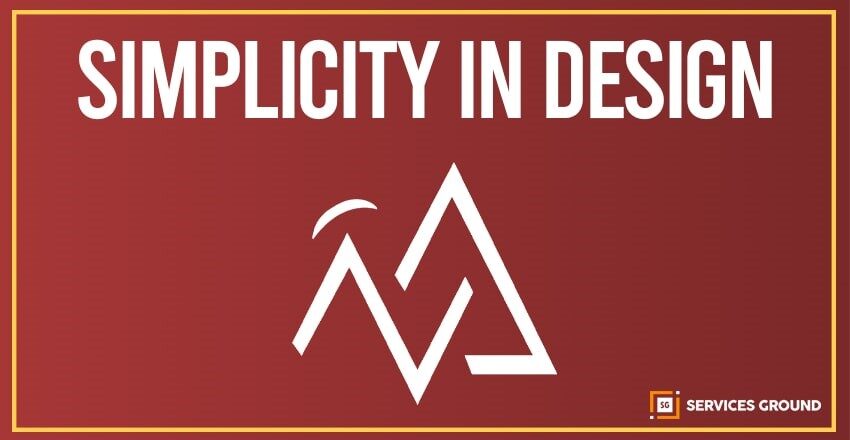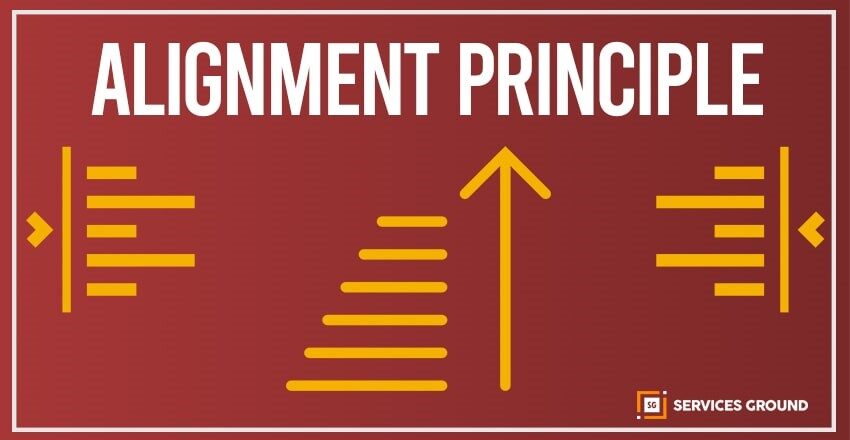What is Simplicity?
Simplicity is the state or quality of being simple in any condition. It usually relates to the burden which a thing puts on someone while trying to explain or understand it. Something which is easy to understand or explain could be simple. Alternatively, something could be simple or complex depending on the way we choose to describe it.
Simplicity is also a design philosophy championed by many successful companies like Apple, Google, and Amazon. Simplicity could be used to imply beauty, purity, or clarity or may also be used in a negative connotation to denote a deficit or insufficiency of nuance or complexity of a thing, it all depends on what is supposed to be required.
The concept of simplicity has been related to truth in the field of epistemology. As someone said, in the context of the human lifestyle, simplicity can denote freedom from hardship, effort, or confusion. It can refer to a simple living lifestyle.
When you design by keeping the user’s provided main points in mind, you are designing for simplicity. Incorporating simplicity in your designs will probably help you design better user interfaces by helping your users achieve their goals faster and more efficiently, all while enjoying a great user experience.
The majority of people are hard-wired to recognize patterns, even when there are none. The same condition occurs to us when we often think we know where to click when first experiencing a website and get frustrated if things aren’t where we think they should be.
User Interface should consist of such good interactions that users don’t even notice how simply they got from point A to point B. User interface design patterns are the means by which structure and order can get together to make powerful user experiences. The structure and order are also a user’s best friends, and along with the fact that old habits die hard, it is essential that designers consider the user interface very carefully before they set the final design.
If you are struggling to find out which user interface design pattern is best, and how you can achieve maximum usability through implementing it, then step towards learning about Ui and Ux. You should get the knowledge which is necessary to select the most appropriate display methods and solve common design problems affecting existing user interfaces.
“Perfection is achieved not when there is nothing more to add, but when there is nothing left to take away.” –Antoine de Saint-Exupery
The Importance of Simplicity in Design
Simplicity is a design principle that considers the user’s goals and provides the simplest way to achieve those goals and make something better. Simplicity is not only about using fewer colors or adding a lot of white space in your design, it is something that requires you to understand your user’s needs and provide a minimal design.
If you think the good design contains everything that is required to satisfy its users, and everything means that you should provide each feature asked by the user. No, it doesn’t mean that. But if you are not fulfilling your user’s demands, then how can satisfy your work?
To create a simple and minimal design that fulfill the user’s requirements, you should:
Understand your user’s requirements clearly by meeting them, observing them, and working with them.
Design something that suits your user’s requirements.
Get frequent feedback from your user.
Perform usability testing at each stage of the design and try to eliminate redundant options which are not important for your user.
Think of the simplest way to perform a user’s task. Remove extra details from your design that you usually add to enhance your design.
Use a progressive approach to differentiate between basic and advanced features.
It actually means that creating a simple design requires a continuous review of the design and removal of unnecessary elements from it. When you reached the point where you couldn’t find any extra option to remove, you have created a design that allows your user to meet his objective using the simplest possible way. Letting go of all extra details and redundant options from your design makes your user happy and satisfied.
When it comes to user-friendliness making everything as simple as possible is typically the best route to be a satisfied designer. Design is significantly more important if you want your users to be able to navigate and find everything on your website in an easy manner. If don’t want your user’s eyes to get lost among a throw-up of text and images on a page, so keep it simple.
The old websites would typically use tables, large walls of text, terrible colors, and other messy methods to provide their users with information. Today’s designers and developers now have a wider scope of tools and abilities that allow them to provide a much more user-friendly experience for users.
The consensus from multiple suggestions is that the more simplistic a website is without losing quality in the content, the better that website will do across the board. It means that your website will perform better in search engine rankings and provide better conversion rates. Keep in mind to stay simple and make designs minimal.
This should help put you ahead of the pack and furnish you with the knowledge necessary to advance beyond your competitors.
If you love reading articles like this please subscribe to our newsletter, and share this article with friends.
You can also follow us on Facebook, Instagram, Twitter, Linkedin, or YouTube.













